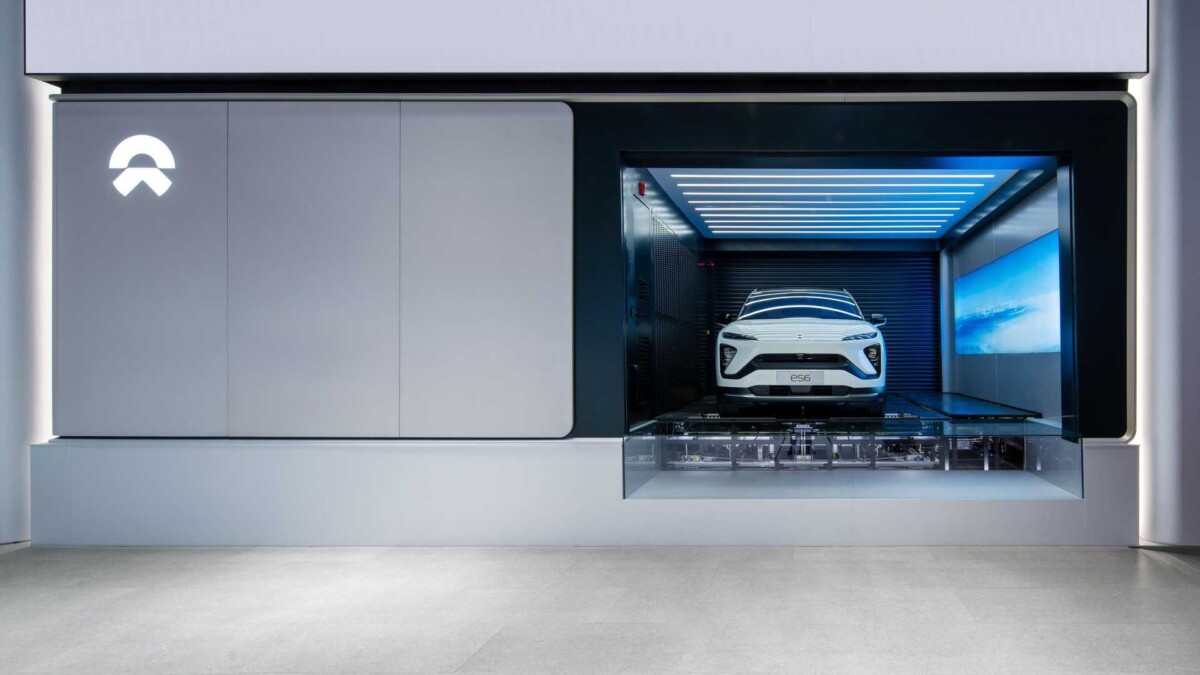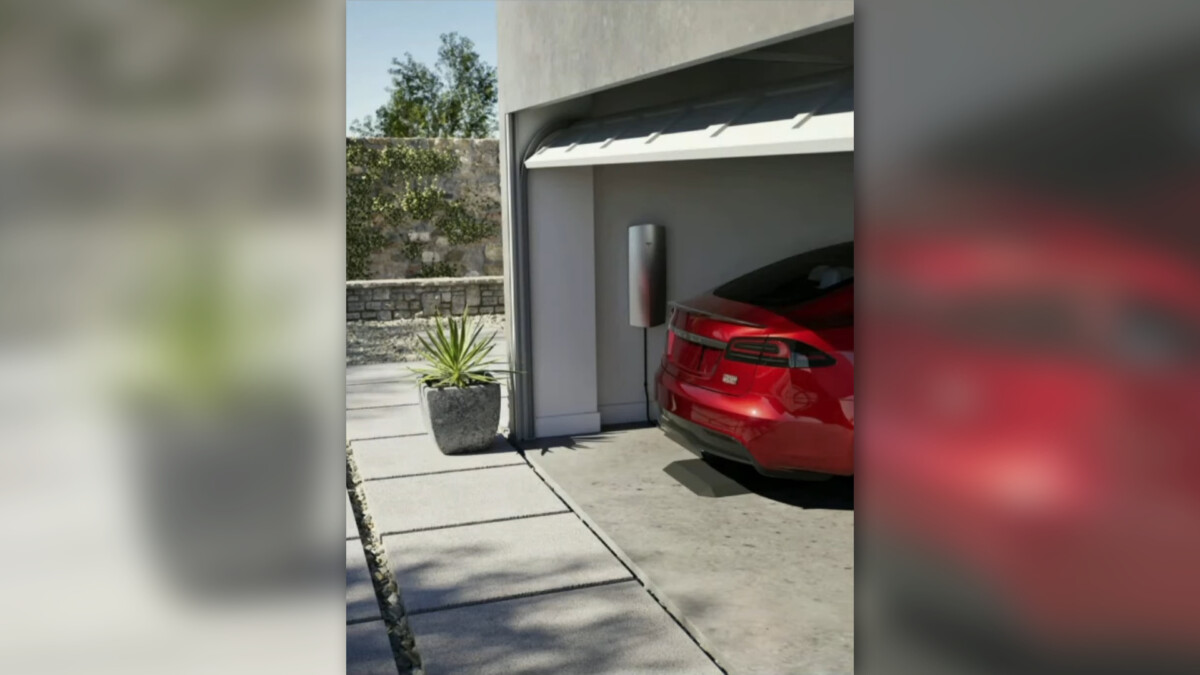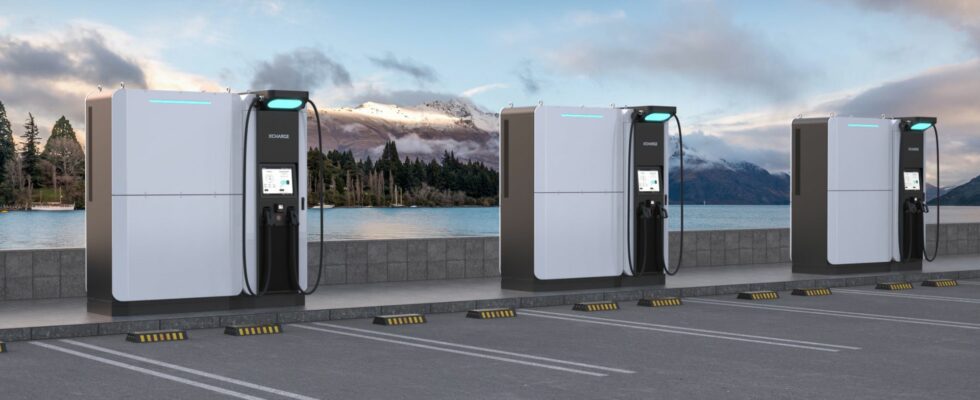A team of researchers from Chalmers University in Sweden has developed a very promising induction charging system for electric cars. This delivers phenomenal power (up to 500 kW) and requires no cables. Enough to recharge the battery of an electric car without cables, in just a few minutes.
Charging is a major issue today, as the electric car market is developing at breakneck speed. In France alone, sales even exceeded those of diesel last year, while the number of terminals continues to increase slowly. Thus, cars with a very high range are not necessarily relevant.
A practical system
From now on, manufacturers and equipment manufacturers work mainly for propose more powerful terminals, allowing motorists to recharge their cars more quickly. This goes hand in hand with the development of 800-volt technology, which equips many models such as the Kia EV6 and other Porsche Taycans. But a team of scientists is currently working on an alternative.
Several researchers from Chalmers University, located in Sweden, have developed a more practical charging solution than conventional terminals. It is an induction charging system (without cables or wires), capable of delivering an incredible power of 500 kW. For the record, the most efficient terminals currently in service in France are those of Lidl, which peak at 360 kW.

The Chinese manufacturer Nio, which already offers its battery exchange stations, recently launched the deployment of its terminals capable of delivering 500 kW in China to recharge a car from 10 to 80% in 12 minutes. There are also 600 kW terminals at the Chinese giant Geely, to reduce this duration to 10 minutes.
The solution designed by the team of Professor Yujing Liu, in charge of the electrical engineering department at Chalmers, is the first of its kind to offer such great power, without any cables. A tour de force that we owe in particular to the use of silicon carbide semiconductors.
But that’s not all. Because to achieve such a result, the system works with a frequency of 80 kHz, against 20 kHz for conventional induction systems currently being developed. However, the higher the frequency, the more the heat release during recharging increases. In order to compensate for this, scientists use coils made of Litz wires, made up of individually insulated copper strands. A solution that did not exist a few years earlier.
High efficiency
The other advantage of this system is its excellent performance. Indeed, a conventional induction charging device suffers losses of up to 50%. This means that for a quantity of energy consumed, only half reaches the car, the rest being “lost” in heat. The one developed by Chalmers University loses only 1 to 2% of the energy generated, according to the press release. Which is obviously negligible. But that’s not all. Because the good surprise is that this technology is so accomplished thatit could soon be marketed.
But this is however not planned. Yujing Liu indeed admits that she is not really useful, while he claims that plugging in his electric car with a cable does not take much time. Instead, researchers should target industrial use with this solutionwhich should also cost more than a simple classic terminal.

Other companies and manufacturers are also working on the induction charging solution. This is particularly the case of Tesla, which hinted at its future device during its Investor Day on March 1. On the other hand, no details have been revealed by the manufacturer on this alternative, which could soon see the light of day.
Volvo also tested the technology on its XC40 Recharge in March 2022, while London EV Company Limited (LEVC) has partnered with Nissan to experiment with it. But for now, this solution is not yet available to the general public.
Do you use Google News (News in France)? You can follow your favorite media. Follow Frandroid on Google News (and Numerama).
